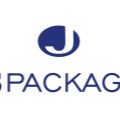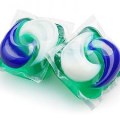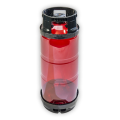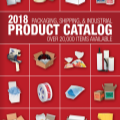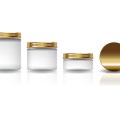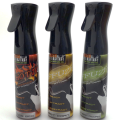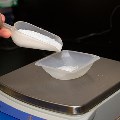If this is your company, CONTACT US to activate Packbase™ software to build your portal.


Whether consumers realize it or not, most have benefited from thermoforming. Likewise, many manufacturers have profited from it, too. However, there is quite a bit to know if you want to get the most from this highly customizable option.
To help get you introduced to the process and how it can perform for your brand, we are starting with this post to cover all the basics.
What is Thermoforming?
Put simply, thermoforming is a method of molding plastic. This process makes it possible to produce several types of great packaging products and components.
As the name suggests, this type of package production involves heating sheets of plastic material and forming them over molds. With both common sizes and shapes and the potential for custom work, too, thermoforming is a great option we are proud to provide for creating your plastic packaging.
How Does it Work?
During the manufacturing process for this packaging, machinery heats thin sheets of plastic. This makes them easy to manipulate.
The plastic becomes pliable and the manufacturer forms it over a mold to complement the size, shape, and needs of your product. It is then cooled so it retains the desired shape. Once fully cooled, the item is trimmed to increase its usability.
We can fulfill your packaging needs with one of two basic types of thermoforming:
1) Vacuum Forming: This version of the process uses heat and pressure to draw plastic sheets into a final configuration. Once a sheet is heated and placed over a mold, a vacuum is used to manipulate it into its desired shape.
2) Pressure Forming: For this approach to the process, it is similar to vacuum forming, but the packaging manufacturer uses additional pressure. By doing this, they create the package in a way that allows for greater detail and texture.
Thermoforming is limited to thin-walled parts, but when this process works well for your type of product, the options above are very helpful for getting a shelf-ready product.
How Does it Benefit my Business?
With the right product and good consultation, thermoforming can bring both an economic and qualitative boost to your business.
Most notably, our packaging experts highlight how cost-effective and relatively quick it is as a means of production. Additionally, this process allows for packaging elements that are highly customizable.
MJS Packaging has suppliers who specialize in thermoforming, too. This means you can be confident in the quality and attention to detail with your packaging order.
Who Should Consider the Process?
Many different packaging products and components are produced via thermoforming. This includes unit dose packaging like blister packs for over-the-counter and pharmaceutical drugs, plastic trays for food products, clamshell packaging for items like health and beauty, and many more.
Contact us today if you would like to explore this option for your product or if you have questions about it. You can count on our packaging specialists to lend their experience and knack for innovation!


